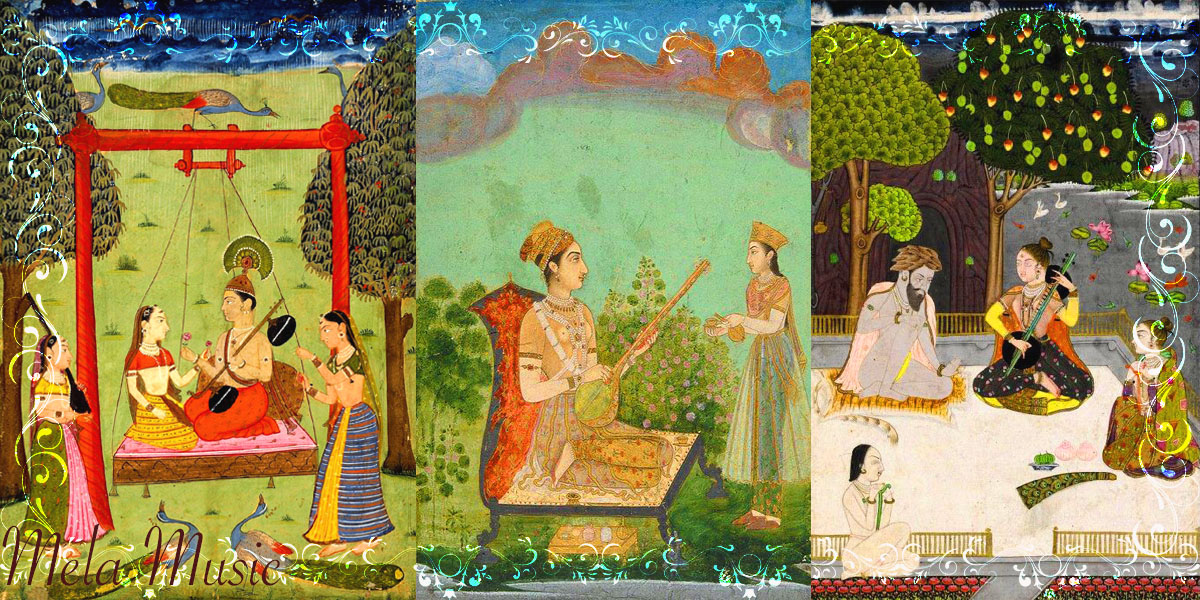
Jhala, in instrumental music, is a technique that emulates the resonant sound produced by the drone strings (chikari) of instruments like sitar or sarod. By striking all the drone strings simultaneously with the plectrum worn on the forefinger, the middle and upper SA notes blend together, creating a harmonic background. This serves as a supportive canvas against which the raga or melody finds its smoothest expression.
In a raga performance, jhala manifests itself in two distinct sections. The first section occurs after the completion of aalap and jor, where rhythmic accompaniment such as tabla or pakhawaj may not be present. However, it is characterized by a rhythmic structure, typically in 8 or 16 beats. The second section emerges following the melodic exploration of a gat, accompanied by rhythmic accompaniment. The music seamlessly transitions into the vibrant and energetic jhala, which is commonly seen as the concluding section, infusing instrumental performances with a powerful and captivating essence. It is often regarded as the concluding section, adding a powerful and captivating element to instrumental performances.
Content Provided By: Sangeetpedia
